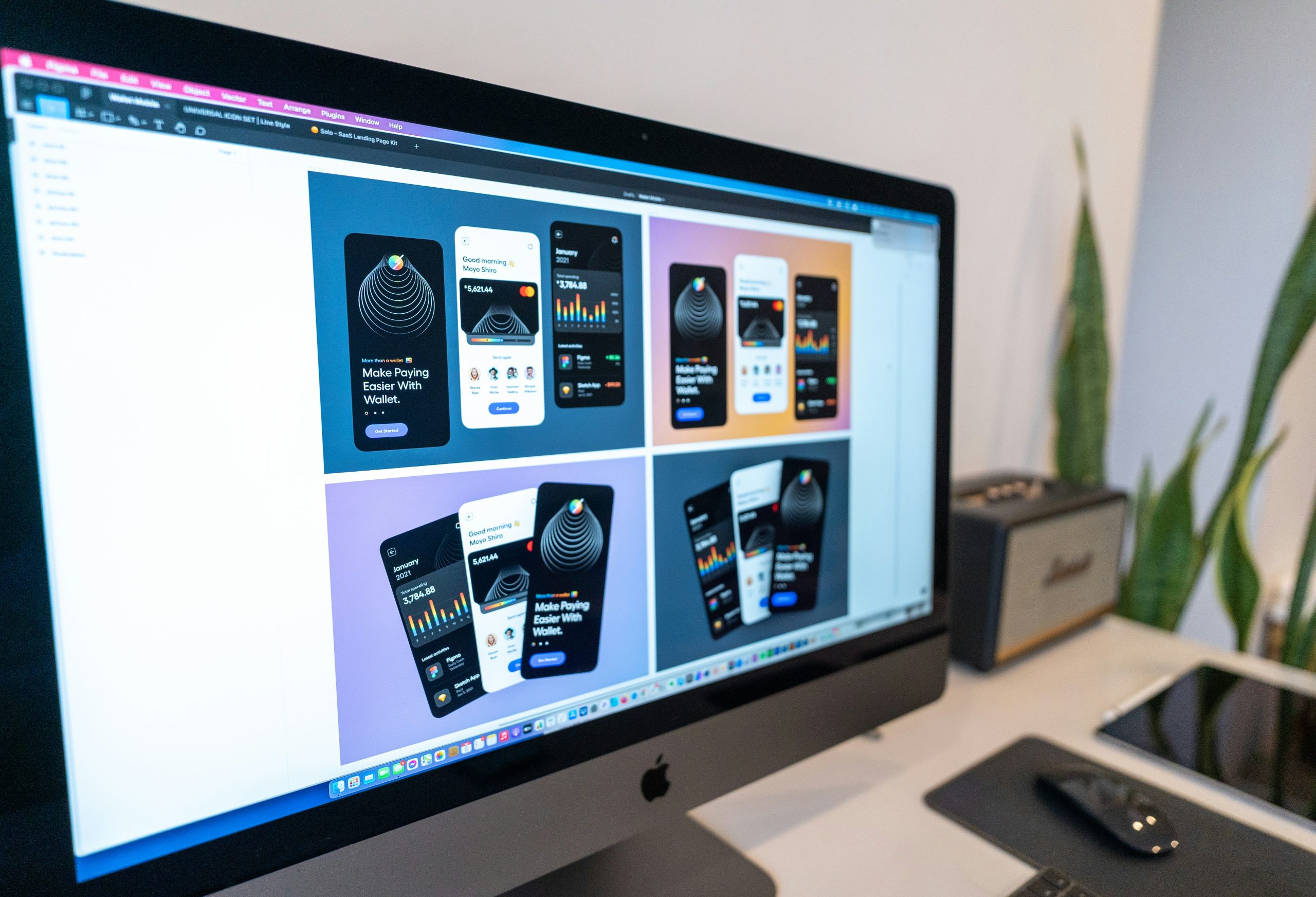
How to be a Graphic Designer in 2024
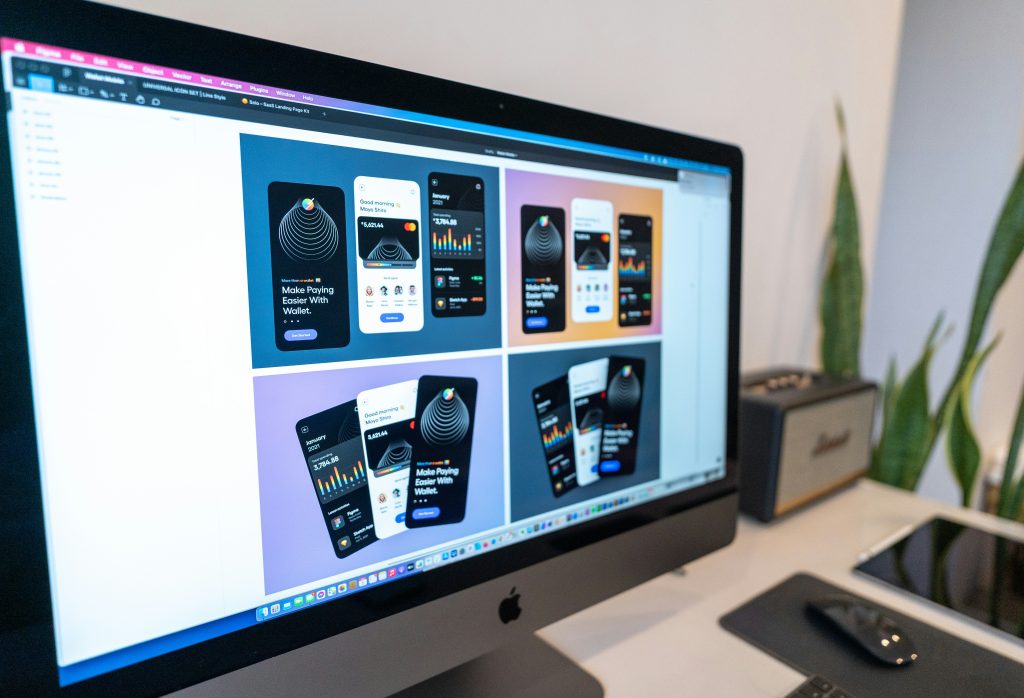
As a mom and a graphic designer, I often find myself balancing crayons and client briefs, juggling school projects and design deadlines. In 2024, the world of graphic design is evolving rapidly, and I’m excited to share my journey and insights into this vibrant field. Whether you’re a fellow parent considering a career switch or a creative looking to refine your skills, there’s never been a better time to dive into graphic design.
In this blog post, I’ll share the essential skills I’ve learned, the tools I rely on, and the trends that are shaping our industry. From mastering design software to understanding the importance of storytelling through visuals, I hope to inspire you to explore this fulfilling path. Let’s embrace creativity together and discover what it means to be a graphic designer in today’s ever-changing landscape!
What qualification do you need to be a Graphic Designer?
As a mom and a graphic designer, I often get asked what it takes to succeed in this creative field. Balancing motherhood and my career has taught me a lot about the qualifications and skills needed to thrive as a graphic designer, especially in today’s fast-paced environment. If you’re considering this path for yourself or encouraging your child to explore it, here’s what I’ve learned along the way.
- Education Matters, but It’s Not Everything:
While many graphic designers have a bachelor’s degree in graphic design or a related field, I’ve seen plenty of talented individuals thrive with an associate degree or even a certification. What truly matters is the portfolio—your best work speaks louder than any diploma. - Get Comfortable with Design Software:
In my experience, being proficient in tools like Adobe Creative Suite (Photoshop, Illustrator, InDesign) is a must. These are the building blocks of our work. I also encourage exploring other programs like Figma or Sketch, as versatility can open up more opportunities. - Embrace Creativity and Problem-Solving:
Every design project is a puzzle waiting to be solved. I’ve learned that thinking outside the box and finding creative solutions is what sets successful designers apart. This mindset has not only helped me in my career but also in navigating parenting challenges! - Gain Experience Through Internships and Freelancing:
Internships and freelance projects can be invaluable for building skills and a portfolio. My own journey included a lot of trial and error, but those hands-on experiences helped shape my career. Plus, they’re great for networking! - Soft Skills Matter:
Communication is key in our line of work, especially when collaborating with clients or team members. I’ve found that time management and organizational skills are equally important, helping me juggle deadlines while still being present for my kids.
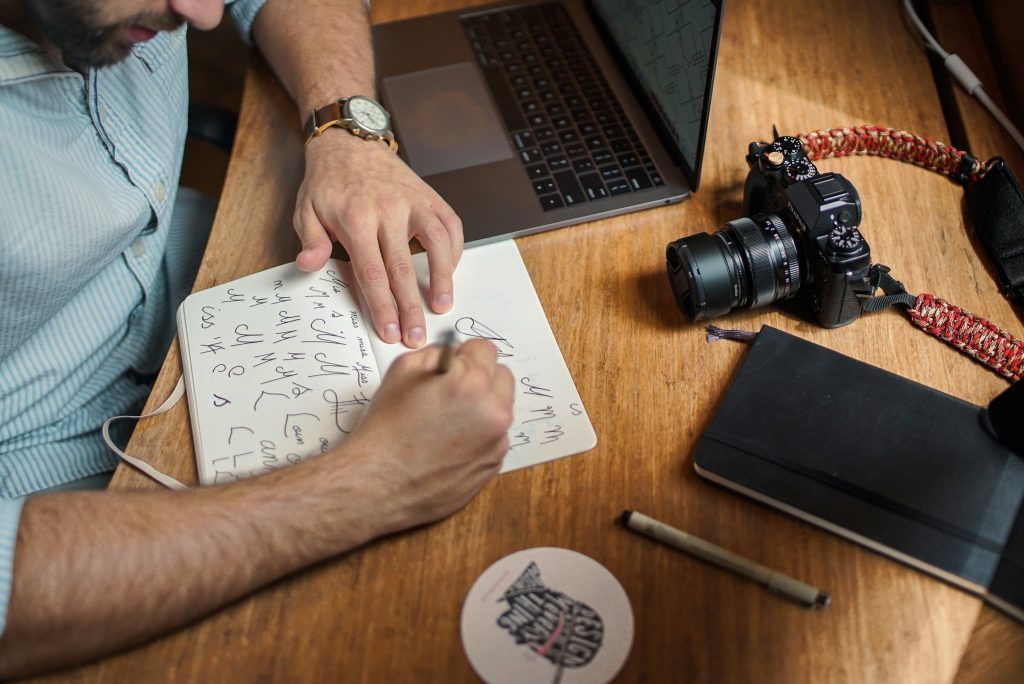
Ultimately, pursuing a career in graphic design requires passion and a willingness to learn. As a mom, I strive to model, encouraging you to follow your creative dreams while understanding the dedication it takes to succeed. Whether you’re considering a shift in your career or just having a side hustle, remember that qualifications are just one piece of the puzzle—creativity and perseverance will take you far!
Is Graphic Design a high paying career?
As a mom and a graphic designer, I often get questions from other moms about the financial side of this career. I want to make sure you have a realistic understanding of what to expect. So, here’s what I’ve learned about the earning potential in graphic design that I think will help you explore your options!

- Starting Out: Entry-level salaries typically range from $40,000 to $50,000 a year. While it may not seem high, many design jobs offer creativity and flexibility, which is a big plus for working moms!
- Gaining Experience: With a few years under their belt, designers can earn between $50,000 and $70,000. Specializing in areas like web design or UX/UI can significantly boost earning potential. Encouraging my kids to find their niche could help them stand out!
- Climbing the Ladder: As designers advance to senior roles or art directors, salaries can soar to $70,000 or even over $100,000. It’s a reminder that hard work and dedication can lead to a fulfilling career.
- Freelancing Flexibility: Freelancing can offer higher earnings for some, especially with a solid client base, but it also comes with income instability. I stress the importance of a financial plan for freelancers.
- Location Matters: Salaries can vary greatly by location, with designers in big cities or tech hubs often earning more. It’s worth considering where to settle down in their careers!
In conclusion, graphic design can be a rewarding career both creatively and financially, but it often requires dedication, ongoing learning, and a bit of strategic planning. With the right mindset and skillset, graphic design can indeed be a fulfilling and financially viable path!
What type of Graphic Design is most in demand?
As a mom and a graphic designer, I often get asked about the different paths one can take in this field. It’s essential to understand which specialties are in demand, especially since the job market can be quite competitive. Here’s what I’ve observed about the most sought-after types of graphic design right now, and I hope it helps you navigate this exciting career!
- Web and UI/UX Design: With businesses online, UX and UI designers are essential for creating attractive, user-friendly websites.
- Branding and Identity Design: Designers who craft logos and brand identities help companies stand out in a crowded market.
- Motion Graphics and Animation: The popularity of video content boosts demand for designers who create engaging animations.
- Social Media Graphics: Eye-catching graphics for social media posts and ads are crucial, with designers adapting their work for various platforms.
- Print Design: Traditional print design for brochures and packaging remains important, appealing to those who enjoy classic methods.
- Infographics and Data Visualization: Designers who create infographics are valued for their ability to present complex data visually.
- E-commerce and Product Design: With online shopping growing, designers are needed for product images and promotional materials that enhance the shopping experience.

Understanding these in-demand areas can help guide you. If you choose to pursue a career in graphic design. I want you to be aware of the opportunities out there while encouraging your creativity and passions. With dedication and the right skills, you can find your niche in this vibrant field!
How to learn Graphic Design for free
1. Online Courses and Tutorials
- Coursera and edX: Many universities offer free courses on graphic design principles. While you may need to pay for certification, auditing the course is usually free.
- YouTube: There are countless tutorials on YouTube covering everything from basic design principles to software-specific skills (like Adobe Photoshop or Illustrator).
2. Design Software
- Free Tools: Start with free design software like Canva, GIMP, or Inkscape. These tools provide a great way to practice design without the financial commitment.
- Adobe Creative Cloud Free Trials: Adobe offers free trials for its software, which can be a good opportunity to explore programs like Photoshop and Illustrator.
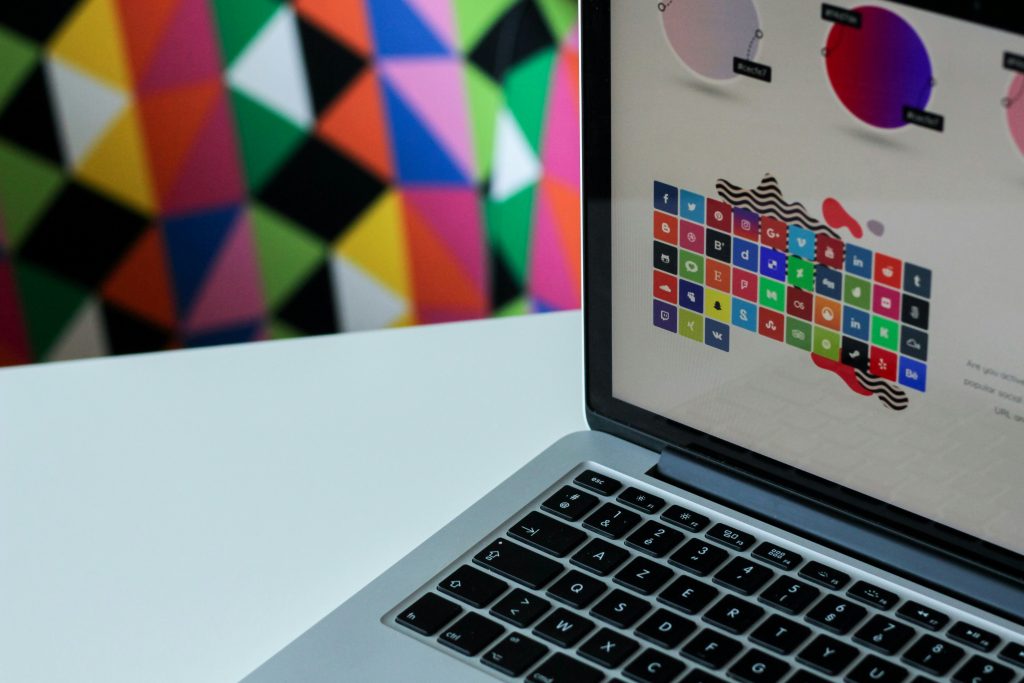
3. Online Communities and Forums
- Reddit: Subreddits like r/graphic_design and r/design_critiques can provide valuable feedback and resources.
- Design Forums: Websites like Behance and Dribbble allow you to showcase your work and get inspiration from other designers.
4. Free Resources and Blogs
- Design Blogs: Websites like Smashing Magazine, Creative Bloq, and 99designs offer articles, tutorials, and resources on various design topics.
- Free E-books: Look for free e-books on graphic design basics. Many platforms offer downloadable resources to get you started.
5. Practice Projects
- Redesign Existing Work: Choose a logo, website, or advertisement and try redesigning it. This practice helps you apply what you’ve learned.
- Participate in Design Challenges: Websites like Daily UI offer prompts to help you practice and build your portfolio.
6. Networking and Collaboration
- Local Meetups: Check platforms like Meetup.com for design groups or workshops in your area. Many of these events are free and provide great networking opportunities.
- Social Media: Follow designers on platforms like Instagram or Twitter for tips, tutorials, and inspiration.
7. Feedback and Critique
- Seek Constructive Criticism: Share your work in online communities or with friends to get feedback. This helps you improve and learn from others.
8. Build a Portfolio
- Start creating a portfolio of your work, even if it’s just practice projects. Platforms like Behance or a simple personal website can showcase your skills to potential employers or clients.
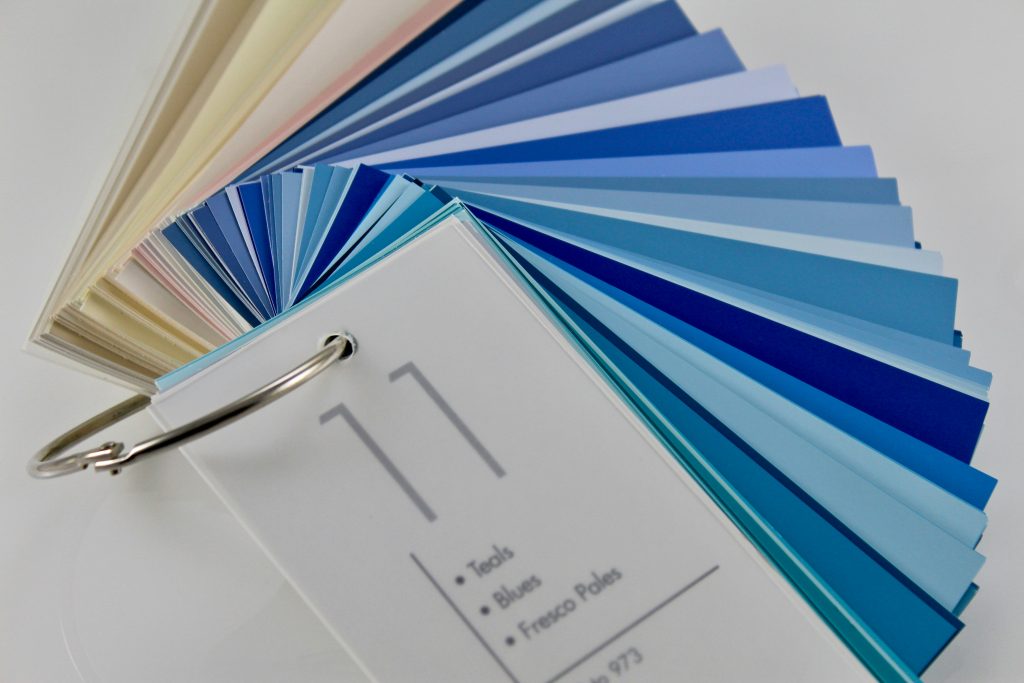
Is Graphic Design an oversaturated field?
As a mom navigating the world of graphic design, I often hear concerns about whether this field is becoming too crowded. It’s a valid question, especially if my kids are considering a career in this creative space. Here’s what I’ve observed about the current landscape of graphic design.
Increased Accessibility: Affordable design tools and free resources make it easy for anyone to start learning graphic design, bringing fresh talent into the field.
Diverse Specializations: Graphic design includes various specializations like UI/UX, motion graphics, and branding. While generalist roles can be competitive, specialized areas often have strong demand.
Evolving Industry Needs: With the rise of digital marketing, the need for skilled designers is growing. Companies require eye-catching graphics and effective branding, creating ample opportunities.
Geographic Variability: Job availability varies by location. Larger cities may have more competition, but other areas might have a greater demand for design talent.
Quality and Differentiation: Unique styles and strong portfolios help designers stand out. Focusing on individual voices and skill development is crucial for success.
Freelance Opportunities: The gig economy offers flexibility and diverse client work for freelance designers, making it an appealing option despite increased competition.
How to teach yourself to be a Graphic Designer
1. Understand the Basics of Design
- Study Design Principles: Familiarize yourself with core concepts like color theory, typography, layout, and composition. Resources like online articles, YouTube videos, or free design e-books can be invaluable.
- Analyze Existing Work: Look at designs you admire and break down what works and what doesn’t. This helps you develop a critical eye.

2. Choose the Right Tools
- Graphic Design Software: Start with free tools like Canva, GIMP, or Inkscape. Once you’re comfortable, consider investing in industry-standard software like Adobe Creative Suite.
- Online Tutorials: Utilize YouTube and platforms like Skillshare or Udemy for software-specific tutorials that can guide you through the tools.
3. Practice Regularly
- Daily Design Challenges: Participate in design challenges, like those found on platforms such as Dribbble or Instagram. This helps you practice and build your portfolio.
- Redesign Existing Work: Choose logos, posters, or websites and try redesigning them. This not only improves your skills but also gives you practical experience.
4. Build a Portfolio
- Create Personal Projects: Work on projects that interest you, whether it’s designing a poster, a logo, or even social media graphics.
- Showcase Your Work: Use platforms like Behance or create your own website to display your portfolio. This is crucial when applying for jobs or freelance work.
5. Seek Feedback
- Join Online Communities: Participate in design forums or groups on Reddit and Facebook. Share your work and ask for constructive criticism.
- Network with Other Designers: Connect with other aspiring designers to exchange ideas, tips, and feedback.
6. Study Real-World Applications
- Learn from Case Studies: Read case studies of successful design projects to understand the thought process behind them.
- Stay Current with Trends: Follow design blogs and social media accounts to keep up with industry trends and innovations.
7. Explore Specializations
- Identify Your Interests: As you learn more about graphic design, consider what areas excite you the most, whether it’s branding, UI/UX design, or illustration.
- Focus on a Niche: Specializing can help you stand out in the job market and deepen your skills in a particular area.
8. Stay Persistent and Curious
- Set Goals: Outline clear learning objectives, whether it’s mastering a specific software or completing a certain number of projects each month.
Embrace Mistakes: Don’t be afraid to make mistakes; they’re part of the learning process. Keep pushing through challenges.
What are the negatives about being a Graphic Designer?

1. Competitive Job Market
- The graphic design field can be quite competitive, especially for entry-level positions. Many talented individuals are vying for the same jobs, making it challenging to stand out.
2. Client Expectations and Feedback
- Dealing with client feedback can be difficult. Not all clients understand design principles, which can lead to unrealistic expectations or constant revisions. This can be frustrating and time-consuming.
3. Long Hours and Tight Deadlines
- The nature of design projects often involves tight deadlines, which can lead to long hours and stress. Balancing multiple projects at once can be overwhelming.
4. Subjectivity of Design
- Design is inherently subjective, meaning what one person loves, another may dislike. This can lead to disagreements and make it difficult to please everyone.
5. Technological Changes
- The graphic design industry evolves rapidly with new tools and trends. Staying current requires continuous learning and adaptability, which can be demanding.
6. Freelancing Challenges
- For freelance designers, the instability of income and the need to find clients can be daunting. Managing finances and navigating contracts can also add stress.
7. Isolation
- Many designers work independently, which can lead to feelings of isolation, especially for those who thrive in collaborative environments.

8. Burnout
- The combination of tight deadlines, client demands, and the need for constant creativity can lead to burnout. It’s important for designers to prioritize self-care and manage their workload effectively.
9. Repetitive Work
- Depending on the job, some designers may find themselves doing repetitive tasks, which can become monotonous over time.
Is Canva considered graphic design?
Yes, Canva is considered a graphic design tool, but it operates a bit differently than traditional graphic design software.
Conclusion
As we look ahead to the world of graphic design in 2024, it’s an exciting time for aspiring designers. The opportunities in this field are vast, with new technologies and trends shaping how we think about design. As moms, we have a unique perspective as you explore this creative path.
Staying adaptable and open to learning is essential. Whether they’re just starting or honing your skills, embracing new tools and specializations can help you thrive. The design landscape is ever-changing, and being curious and willing to grow will serve you well.
Collaboration is also key. Remind them that connecting with other designers and seeking feedback can inspire creativity and provide valuable insights. As you embark on your design journeys, support and encouragement can help you navigate challenges and celebrate successes.
Ultimately, the future of graphic design is bright, and you have the chance to make your mark. Let’s inspire and dive in, explore your passions, and unleash your creativity. Together, we can help you build a fulfilling and impactful career in graphic design!
6 Comments